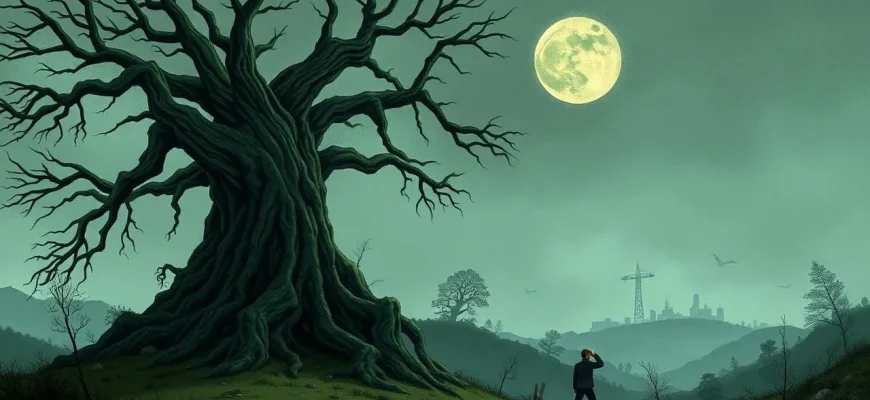Eco-horror films offer a unique blend of environmental awareness and spine-tingling terror. These movies not only entertain but also serve as a stark reminder of the consequences of human actions on nature. This curated list of 10 films delves into the dark side of ecological imbalance, showcasing nature's wrath in horrifying ways. From mutated creatures to apocalyptic scenarios, these films provide both a thrilling experience and a cautionary tale about our planet's fragility.
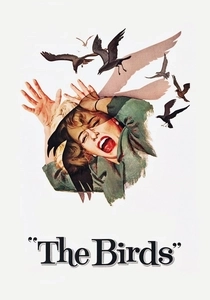
The Birds (1963)
Description: Alfred Hitchcock's classic where birds inexplicably attack humans, possibly as a metaphor for nature's revolt against human encroachment.
Fact: The film was based on a short story by Daphne du Maurier, and real birds were used in many scenes, leading to some dangerous situations for the actors.
 Watch Now
Watch Now 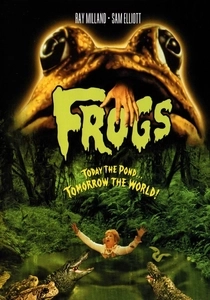
Frogs (1972)
Description: A family is terrorized by an army of amphibians and reptiles, highlighting the consequences of environmental pollution.
Fact: The film features a young Ray Milland, and it was one of the first to use animals as the primary antagonists in a horror setting.
 Watch Now
Watch Now 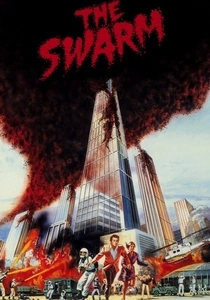
The Swarm (1978)
Description: A classic eco-horror where killer bees invade the United States, symbolizing nature's retaliation against human interference.
Fact: The film was one of the first to use animatronics for the bees, and it was directed by Irwin Allen, known as the "Master of Disaster."
 Watch Now
Watch Now 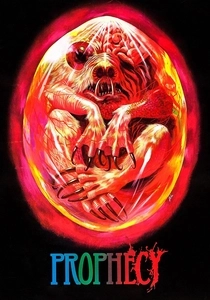
Prophecy (1979)
Description: A tale of a mutated bear caused by industrial pollution, this film warns of the dangers of environmental neglect.
Fact: The film was inspired by the real-life environmental issues in Maine, and the bear was created using a combination of animatronics and a real bear.
 Watch Now
Watch Now 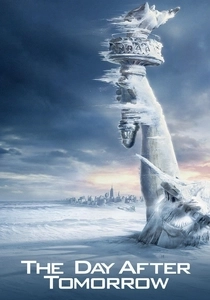
The Day After Tomorrow (2004)
Description: While not strictly a horror film, this disaster movie depicts a sudden global weather shift, showcasing nature's power to disrupt human civilization.
Fact: The film used real scientific theories about climate change, though exaggerated for dramatic effect. It also features one of the most iconic scenes where the Statue of Liberty is frozen.
 Watch Now
Watch Now 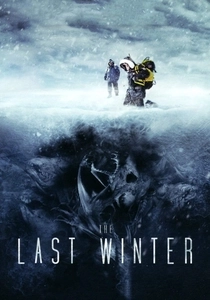
The Last Winter (2006)
Description: An oil company's drilling in the Arctic leads to supernatural occurrences, suggesting nature's resistance to human exploitation.
Fact: The film was shot in the Arctic National Wildlife Refuge, and it explores themes of climate change and environmental ethics.
 Watch Now
Watch Now 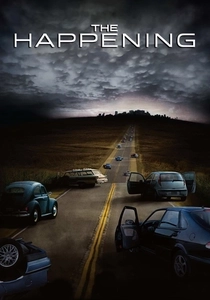
The Happening (2008)
Description: This M. Night Shyamalan thriller explores a mysterious neurotoxin that causes mass suicides, hinting at nature's retaliation against human pollution.
Fact: The film was shot in chronological order to capture the actors' genuine reactions to the unfolding events. It also features a scene where Mark Wahlberg's character is seen running away from the wind.
 Watch Now
Watch Now 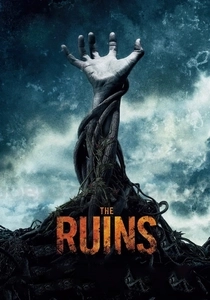
The Ruins (2008)
Description: Tourists encounter deadly, sentient vines in an ancient Mayan ruin, symbolizing nature's defense against human intrusion.
Fact: The film was based on a novel by Scott Smith, and the vines were created using a combination of practical effects and CGI.
 Watch Now
Watch Now 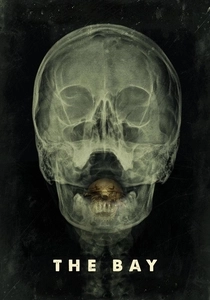
The Bay (2012)
Description: Barry Levinson's found-footage horror film about a parasitic outbreak in a small town due to environmental pollution.
Fact: The film was shot in a documentary style, and it was inspired by real-life environmental disasters like the Chesapeake Bay pollution.
 Watch Now
Watch Now 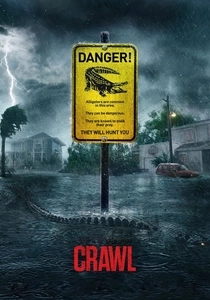
Crawl (2019)
Description: While primarily a creature feature, the film uses a hurricane as the backdrop, showcasing nature's fury alongside human-made disasters.
Fact: The film was shot in a real house that was flooded for authenticity, and it features real alligators alongside CGI.
 Watch Now
Watch Now 
